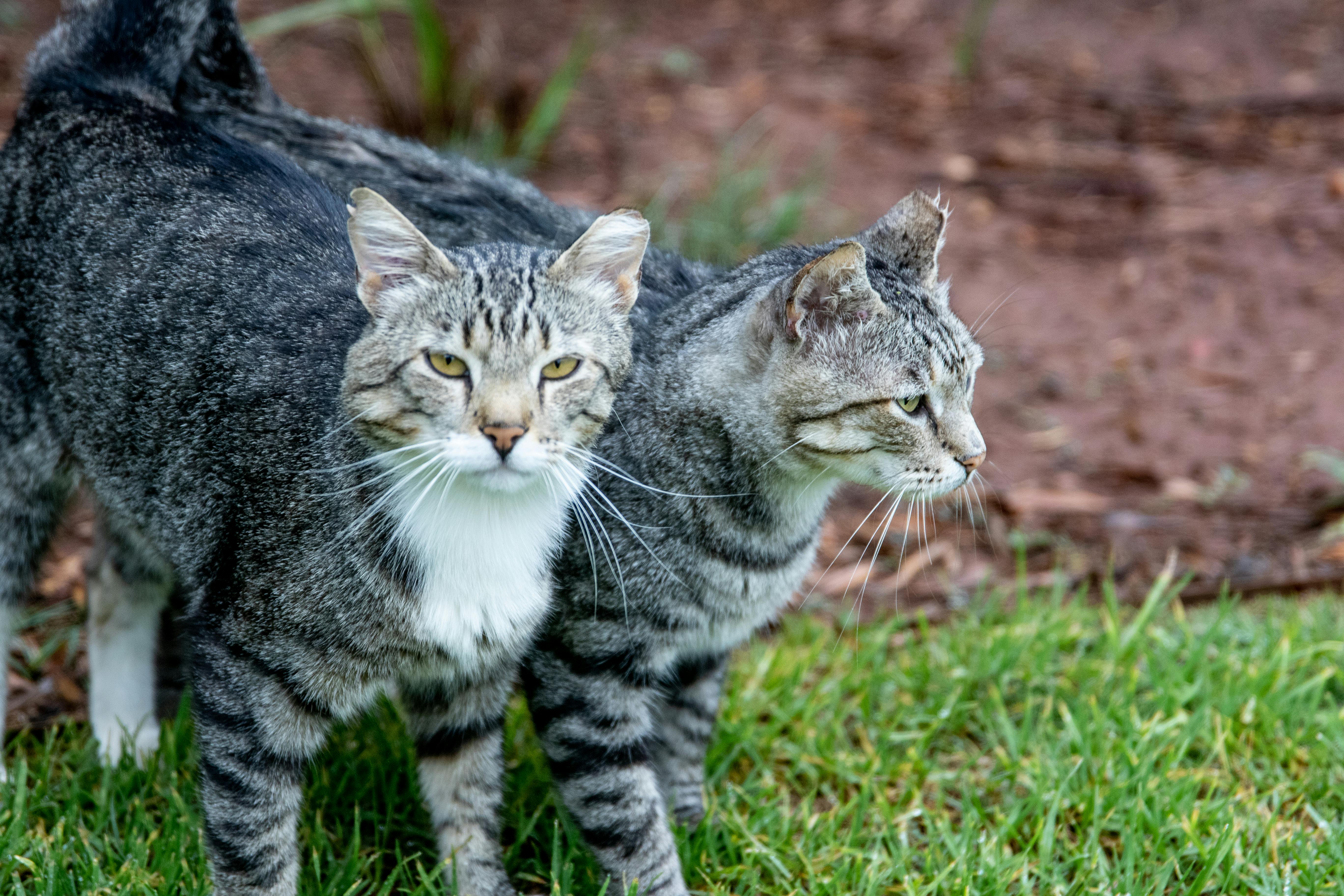Learn about bird beak problems
Some birds are born abnormally and develop abnormalities in their beaks. These can cause a beak that is too large, so your upper or lower beak grows too large. We call this a scissor beak. These can be caused by genetic and nutritional deficiencies during development. Typically, conditions as such can be fixed with dental braces, which work similarly to human braces to straighten the beak and correct bites.
Birds can also develop beak cancer, mainly squamous cell carcinoma and melanoma. This can manifest as erosion, discoloration, and masses on the beak. If discovered early, tumors in the beak can be surgically removed.
Nutritional deficiencies can cause liver disease from excess fat, and poor dietary nutrition can cause raised, scaly spikes. Lack of calcium and vitamin D can cause soft, rubbery beaks, mainly in smaller birds. Therefore, give the bird a proper diet and these symptoms can be reversed.
Infectious diseases such as viral, bacterial, parasitic, and fungal pathogens can directly infect the bird’s beak or infect another part of the bird’s body and cause problems secondary to the beak. Some major problems here include scaly mites on the legs and face and feather disease and fowl pox. Bacterial and fungal diseases are generally treated successfully with antibiotics or antifungal medications. The key to treating any of these conditions is careful observation and quick action on your part. If you notice anything unusual about your bird’s beak, contact your vet immediately. The sooner you analyze the problem, the sooner your bird will be safe and treated, and the more likely there is a good prognosis.
Many bird owners have more in common than just their love for their feathered friends, they are also in love with kittens, dogs, etc. While birds and cats are natural enemies in nature, there are ways to train them to successfully live together in the same home. Here are some tips to keep the peace between your feathered friend and your furry feline; You may find that keeping the birds and cats together is not as difficult as you might think.
o If the cat shows interest in hunting your bird, give your cat a quick spray with a bottle of water.
o If the bird shows interest in your cat, use the same technique
With constant training, both pets must learn to tolerate each other fairly quickly. Birds can contract certain diseases from cats, and direct exposure to a cat’s fur through bites, for example, can put your bird at risk. Therefore, you should try to avoid any physical contact between a bird and a cat, if possible.
